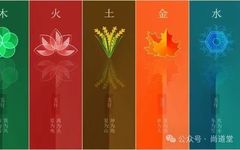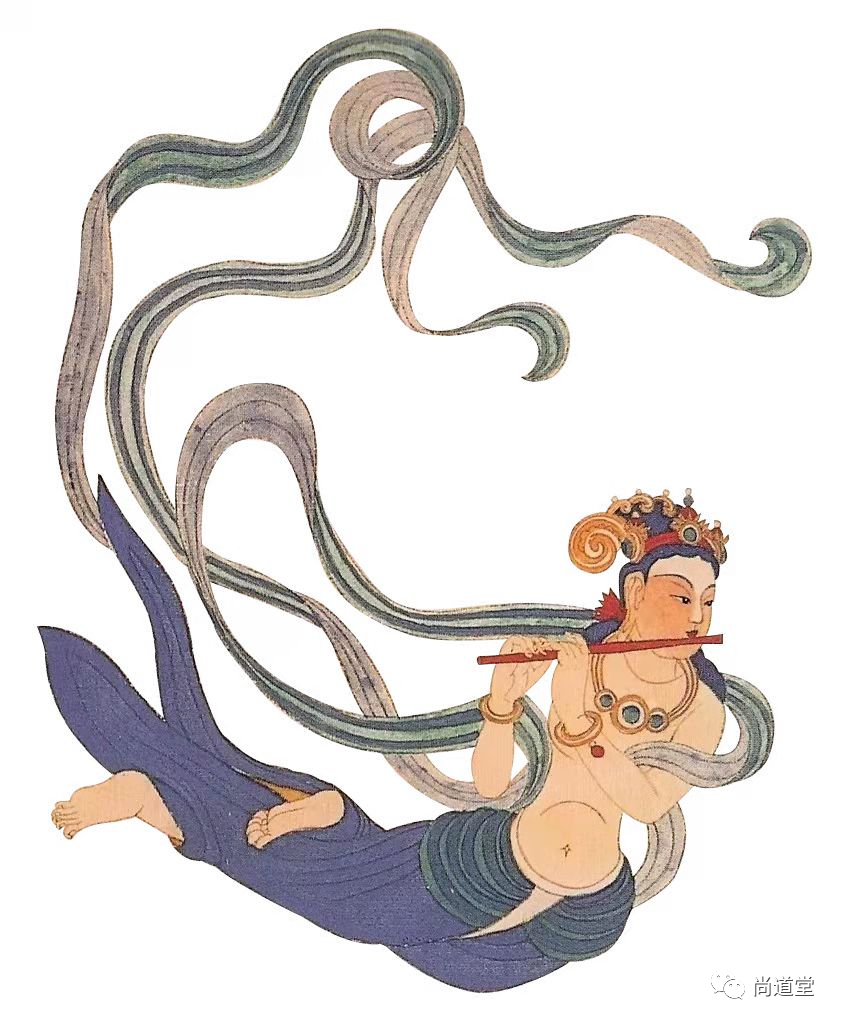



Taiji Luo Wanxiang
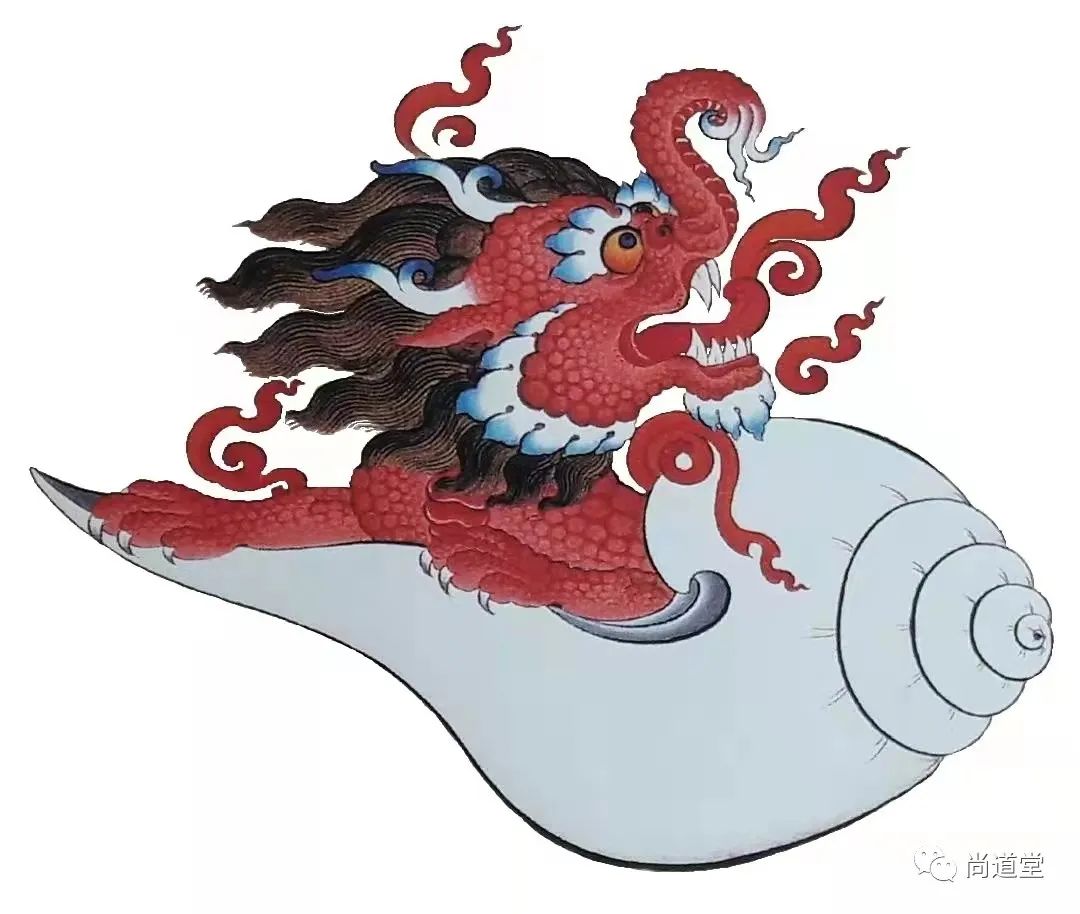
The theory of the Five Elements (Wu Xing) is an important part of traditional Chinese culture and is closely related to colors. The Five Elements, namely Metal (Jin), Wood (Mu), Water (Shui), Fire (Huo), and Earth (Tu), each correspond to specific colors. These colors are not only visual representations but also contain profound cultural connotations and symbolic meanings.
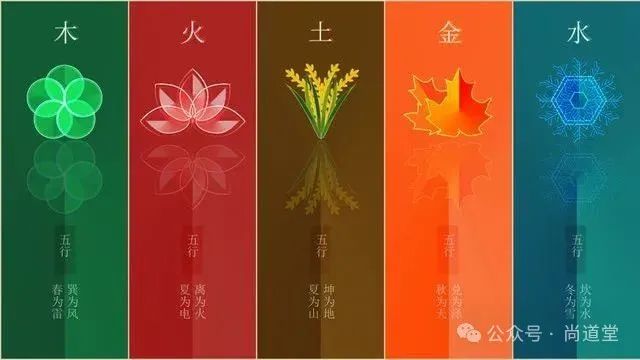
Metal corresponds to white, symbolizing purity and nobility. In the Five Elements, white represents the purity and brightness of metal, shining like a metal surface. In traditional culture, white is often used to express sacred and solemn occasions, such as weddings and funerals.
Wood corresponds to green, representing life and vitality. Green is one of the most common colors in nature, symbolizing growth, abundance, and vibrant life. In the Five Elements, green resonates with the attributes of wood, expressing the vigor of life and the source of strength.
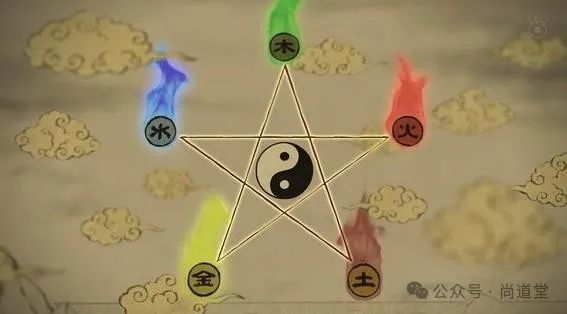
Water corresponds to black and blue, representing depth and wisdom. Black symbolizes the mystery and profundity of water, while blue represents the clarity and vastness of water. Water in the Five Elements governs intelligence, resonating with the depth and calmness of black and blue, reflecting the wisdom and profundity of water.
Fire corresponds to red, purple, and orange, representing passion and vitality. Red is the symbolic color of fire, representing enthusiasm, exuberance, and passion; purple appears noble and mysterious; orange gives a warm and bright feeling. These colors align with the attributes of fire, expressing its fervor and vitality.
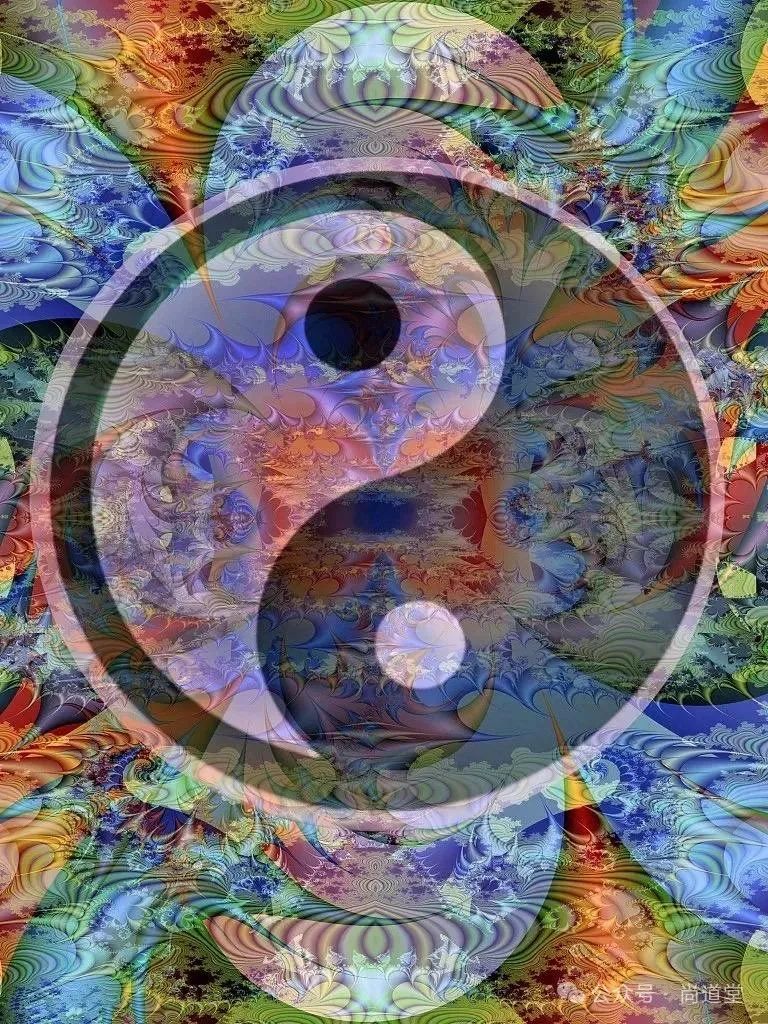
Earth corresponds to yellow, brown, tan, and yellowish apricot, representing stability and support. Yellow is the representative color of earth, symbolizing harvest, abundance, and stability; brown and tan provide a warm and solid feeling. These colors align with the attributes of earth, expressing its support and stability.
In addition to the basic correspondences, the relationship between the Five Elements and colors has deeper interpretations. For example, when a certain element is flourishing, its corresponding color will appear more vivid and pure; when an element is dying, its color will change according to its mother color. This change not only reflects the interdependent and opposing relationships among the Five Elements but also embodies the close connection between colors and all things in nature.
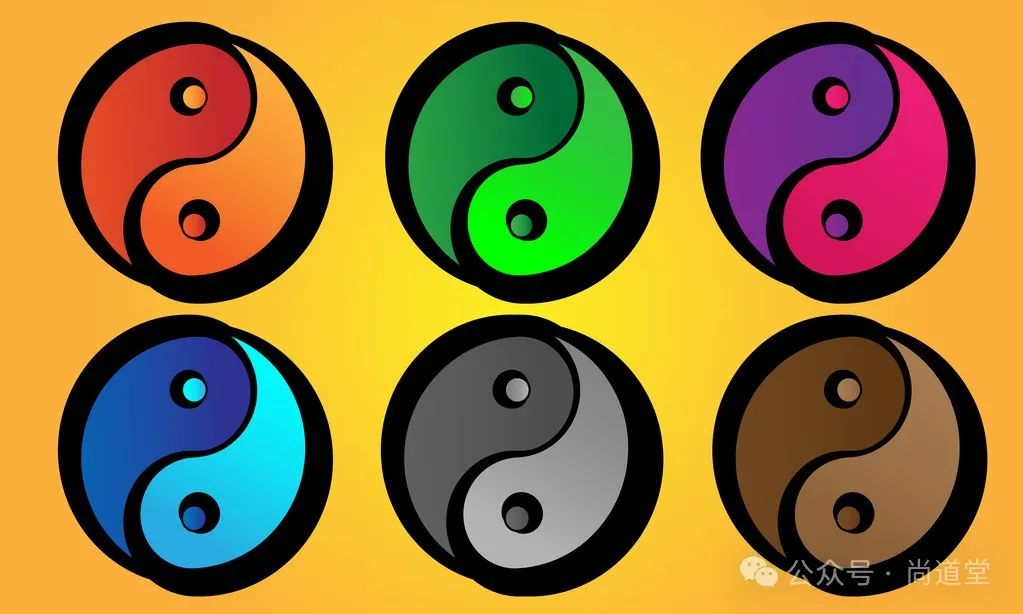
In practical applications, the combination of the Five Elements and colors is widely used in architecture, clothing, and art. By skillfully utilizing the colors of the Five Elements, people can create different atmospheres and styles, conveying various emotions and meanings. At the same time, the colors of the Five Elements also have a certain psychological suggestion effect, which can influence people’s emotions and mindset.
In conclusion, the relationship between the Five Elements and colors is a unique and profound cultural phenomenon that reflects the deep understanding and unique expression of nature in traditional Chinese culture. By understanding and applying the colors of the Five Elements, we can better appreciate the charm of traditional culture and create more culturally rich and artistically beautiful designs in modern life.
Feel free to share, the merit is boundless.
Only those who remain calm can discover happiness and beauty in life.
Impetuous people and those who hurry always miss many beautiful things. We may experience the delays of life or the muddy and bumpy roads,
But by maintaining a detached attitude towards life and facing it calmly, we can find our inner transcendence and peace amidst the chaos, unaffected by worldly disturbances, making life clearer and more open.
——【Elegant Phrase】
Let wisdom and compassion never cease!
